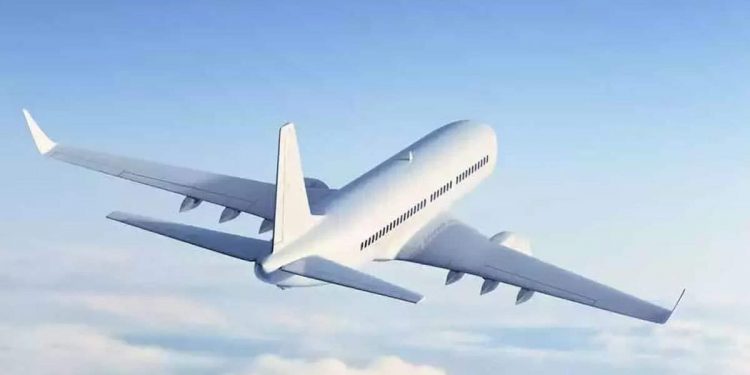Throughout the pandemic, we’ve seen the agility of airlines really coming into play. Particularly in the low-cost sector, there’s been a shift to new airports and new markets, in a bid to build for the future while flying what little demand there is now.
JetBlue CEO Robin Hayes commented how it’s like watching kids at a soccer game, with everyone chasing down the ball and nobody playing their position.

Moving out of their comfort zone
Over the course of the COVID crisis, we’ve seen plenty of airlines moving out of their comfort zone. For some, it’s been turning to cargo-only flights for the first time, for others, new destinations have been the order of the day.
One thing that’s been notable, however, is some of the airlines who traditionally use secondary airports moving in on new territory at primary airports.
Usually, these airlines have struggled to get space at these primaries, but with cutbacks to legacy airline activities, have seen a chink of opportunity.
But where is the balance between using the current cutbacks to secure such real estate and focusing on cash positive flying? Robin Hayes weighed in on the question during the Routes Reconnected conference this week, saying,
“I think we can do both. We did look at where have we been historically constrained that we would like to grow. So, we took decisions, even during the pandemic to add flights to New York, we have more flights out of New York now than we did pre-pandemic. And then at LAX, we’ve always wanted to grow that and were struggling to be able to do that.”

JetBlue left its long-time home of Long Beach this year and scaled up operations at LAX in tandem. This would not have been possible under normal circumstances.
Southwest too has been adding capacity at large airports like Houston and O’Hare. It’s an opportunistic gamble by the low-costs to build something now that will benefit them in the future.
Chasing down the ball
As well as moving into strategically significant airports over the course of the pandemic, we’ve seen these major low-costs moving into new markets too.
Southwest has been adding new destinations at a rate of knots, with 10 new routes out of Chicago and Colorado, and a marked ramping up of activity at Miami.

Southwest’s CEO Gary Kelly said he believes new city pairs are the way to survive the crisis, and that’s a sentiment clearly echoed by the JetBlue boss.
He noted that the airline is up to around 62 new routes so far, noting that right now it’s all about cash positive flying.
He presented an interesting analogy regarding the current state of the industry, and the directions we’re seeing airlines take. He said that
“It’s like for those of us have had or have young kids and you go to that first soccer game, and you’ve got however many kids on the field and they’re all chasing the ball, and at that point there’s no concept of playing your position. That’s what’s happened in the airline industry.
“Normally, everyone plays their position. You chase certain sorts of business; you elect not to chase other sorts of business. But in an environment where there is hardly any demand, everyone is running after that ball. Airlines aren’t playing their positions. Everyone’s chasing that ball.”
It’s a superb analogy and a very easily understandable explanation of what’s going on in the industry right now.
With news of a vaccine on the horizon and hope for life returning to some semblance of normality, in time we will probably see airlines getting back into their positions. For now, this agility is what’s bringing in the revenue, and is likely to continue in the short term at least.







